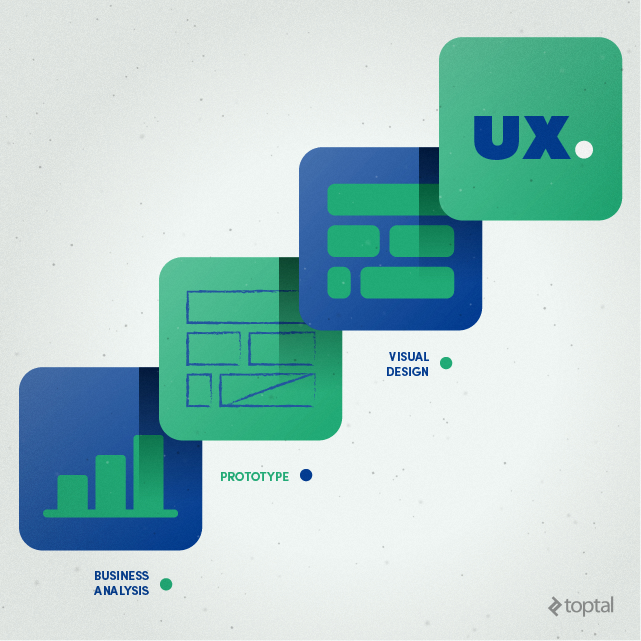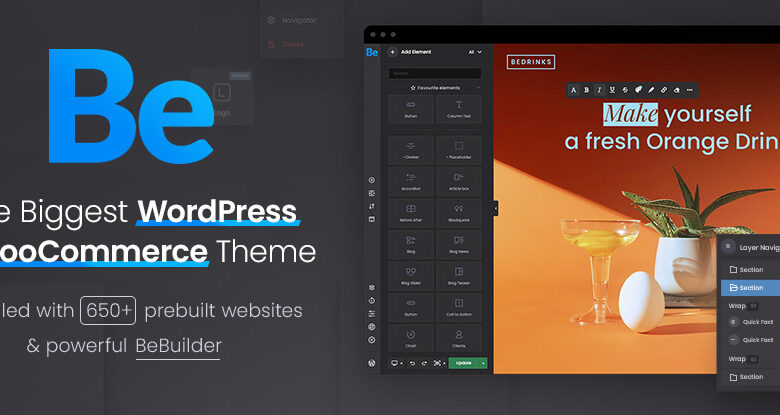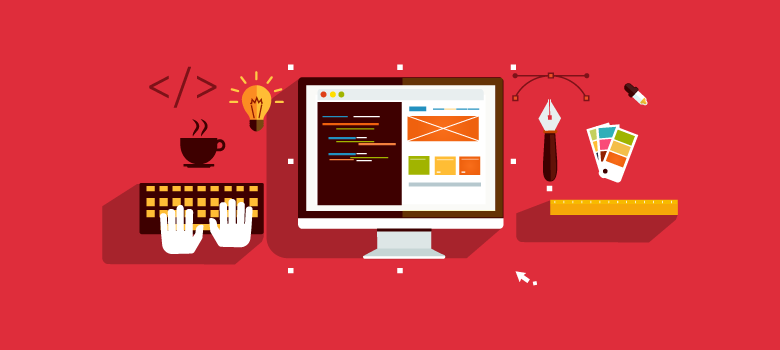A user experience (UX) design expert is a multi-talented jack-of-all-trades who possess knowledge in the areas of psychology, design and technology. These designers have a thorough understanding of the user and business goals and filter those into the digital experience so that your product feels intuitive, simple and facilitates the user and business goals.
The questions presented in this guide help identify user experience designers with the experience to produce masterful digital products.
As with any area of design, there is a high level of subjectiveness. This guide will help remove some of the subjectivity by allowing you to discover what makes a great UX designer and help you make the right hiring decisions.
The Challenge
User experience design encompasses many facets of both the design and development process. A great user experience designer will be an empathetic communicator who is curious and uses both qualitative and quantitative data to validate design hypotheses. The work of a UX designer is difficult to measure due to the varied nature of the role and output of the work.
Finding a UX designer requires a highly-effective recruiting process in conjunction with considered questions, as outlined below, which help identify candidates who are true experts.

UX design is a growing discipline. It was created by Dr. Donald Norman, a cognitive science researcher, who first defined the importance of user-centered design. User experience actually has a formal definition (ISO 9241-210), but it boils down to: How people respond to what they experience. Effective UX design allows users to find value in the system and their interactions within it.
This extremely broad definition translates directly into the various skills that an expert UX designer will deliver:
Strategy and Content
- Competitor Analysis
- Customer Analysis
- Product Structure/Strategy
- Content Development
Wireframing and Prototyping
- Wireframing
- Prototyping
- Testing/Iteration
- Development Planning
Execution and Analytics
- Coordination with UI Designer(s)
- Coordination with Developer(s)
- Tracking Goals and Integration
- Analysis and Iteration
Such varied output can make any designer’s head spin, not to mention that of a hiring manager. So where do we start when interviewing UX Designers?
Strategy and Content
Before designing the digital experience, a UX designer’s job is to work on the strategy and content of the experience, working together with relevant experts. Strategy involves assessing the market and competitors, ranging to market positioning to full sitemap analysis and product feature content audits.
In addition to getting to know competitors, UX designers discover the product demographic and create detailed user personas. From here, a good UX designer will develop content and a strategy that differentiates the product and speaks directly to the target demographic. The following questions will support you in finding an excellent UX designer, from a strategy and content perspective.
Q: What is the definition of User-Experience?
A good definition, and an expected answer, should be somewhere in the lines of Nadeem Khan:
“It is a process that solves a problem of design, by taking into account the user’s goals and needs.”
Good responses may vary depending on the diversity or the key focus of the UX candidate. From a research perspective, a good UX designer can broaden their answer to include covering, “using data and research to guide product decisions, where user and business goals are taken into account.” A good candidate will have, above all else, the ability to use empathy and science to back up product design decisions.
Q: How would you best describe user-centred design to a client who is unfamiliar with the process?
Excellent answers will focus on placing the user in focus and making design decisions based on the evidence provided by users during research, data collection and the iterative approach to designing a service, product or tool. Placing the user in the centre of the design process is essential.
Q: What do you do on a personal and professional level to advocate for good usability?
A great UX design candidate will be able to outline several different examples of how they advocate for good usability. At the core, testing and iterating ideas, prototypes, concepts and products, and using user- generated data to inform design decisions will guide good usability.
The candidate may also talk about technical issues, such as cross-platform accessibility, or designing for access in environments where constraints from the user or technology limit a user experience. For example, making sure that blind people or people with restricted eyesight can read and access a website to gain information.
Wireframing and Prototyping
Once a UX designer has gathered data and research on the key user profiles, the next job is to start using that data to begin mocking up wireframes and later prototype products to further support (or reject) the initial data gathering. This phase should be rapidly iterated upon and the wireframes will later act as blueprints for a user interface or visual designer to step in and continue with the product design. The following questions will support you in finding an excellent UX designer, from a wireframing and prototyping perspective.
Q: Do you specialise in wireframing and functionality design, or other areas of design?
There are many different design profiles. From UX to UI, Visual, Interactive and Print, plus a surplus of emerging design fields, such as game design and more. With all these different profiles, a good UX designer will identify with being a UX designer. He or she will validate this by using examples that illustrate user-generated research adapted for designing new interaction patterns, interfaces and systems that solve design problems.
Q: What kind of data would you use to validate your design?
This question seeks to understand whether a UX designer uses valuable data points to either support or reject design decisions. Good answers will vary depending on the specific design to be validated, but this is the point and what the client should be looking for.
The ability to provide an answer that is relevant to a particular problem will set apart a designer who knows what s/he is talking about. Other thing to look for are metrics on specific features and patterns in design, data gathered from user interviews, surveys and in-product testing.
Q: Do you have a prototyping tool and wireframing tool preferences?
The software that a user-experience designer uses varies greatly due to the large number of products available. A UX designer may start with pen and paper prototypes, then use tools like Axure, Balsamiq, Justinmind Prototyper, Solidify App, Filesquare, Mockingbird, iPlotz, InVision, Framer.js, XCode, Quartz Composer or others to both wireframe and prototype their design.
Execution and Analytics
A good UX designer will be able to keep track and iterate upon the user experience as the product evolves. Part of this is good communication with other designers and teammates, including UI designers, visual designers and interaction designers. Setting goals and iterating towards them is part of the expertise of a UX designer.
Q: Give me an example of a project where the requirements changed halfway through, and how did you approach this?
Listen for answers where the designer talks about being agile to iterate on various requirements, as well as advise the client to backup any changes to requirements with data generated from users. This is somewhat subjective, as you will have to check whether or not the candidate’s approach to evolving requirements will be a good fit for your project and organisation.
Q: How do you provide clear instructions for other designers and developers to work from?
A good UX designer will be an excellent communicator, both with users and other teammates, using empathy to guide them through communication patterns. A possible answer is to provide a clear brief plus instructions in the form of user personas, sitemaps, information architecture, wireframes and prototypes, as well as effectively communicating verbally or through writing to the relevant team members.
Q: Where does your role as a user-experience designer finish?
A user-experience designer’s work is never finished and there is always more testing and iterations to make.






Your content is good.Thanks